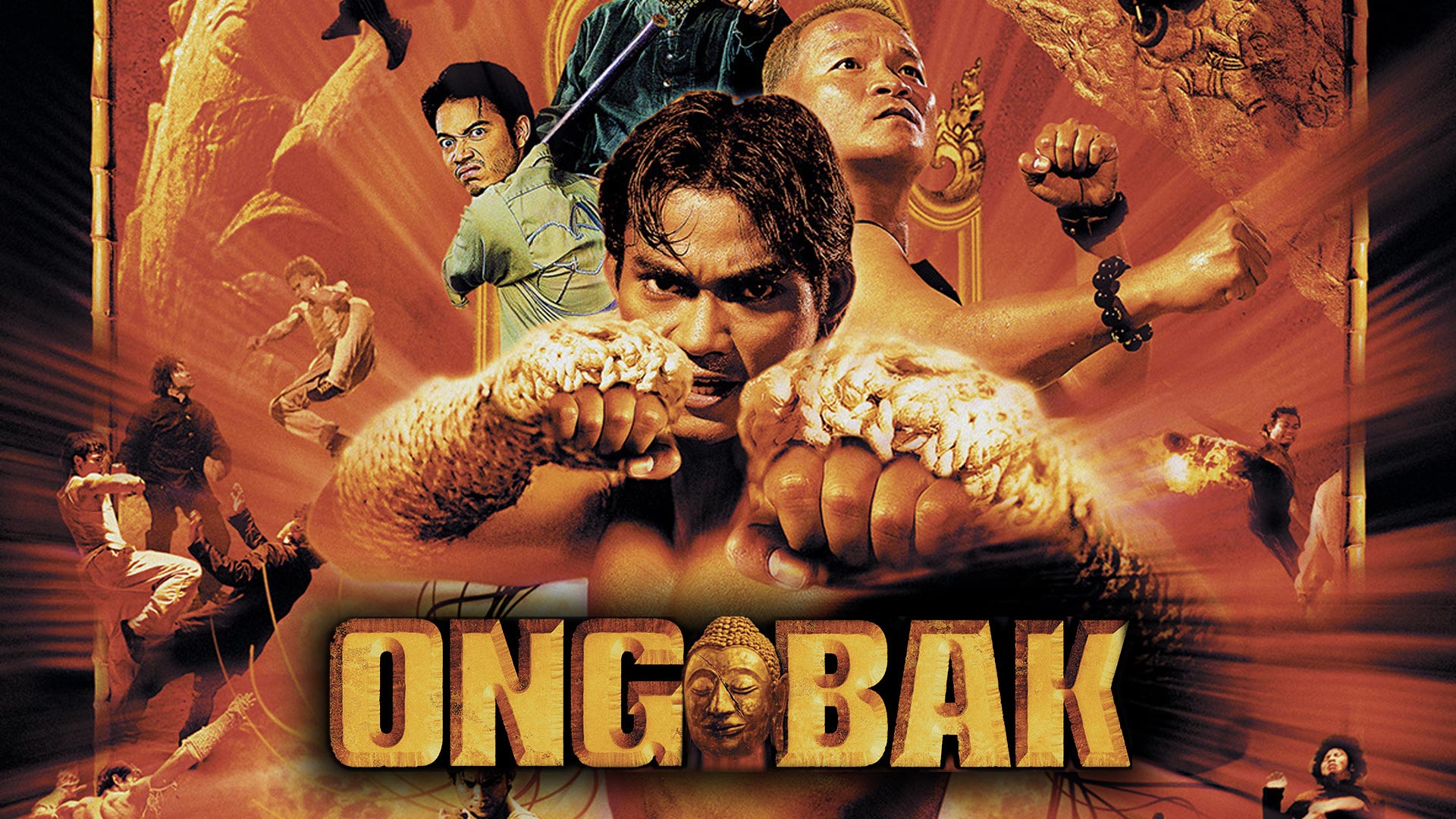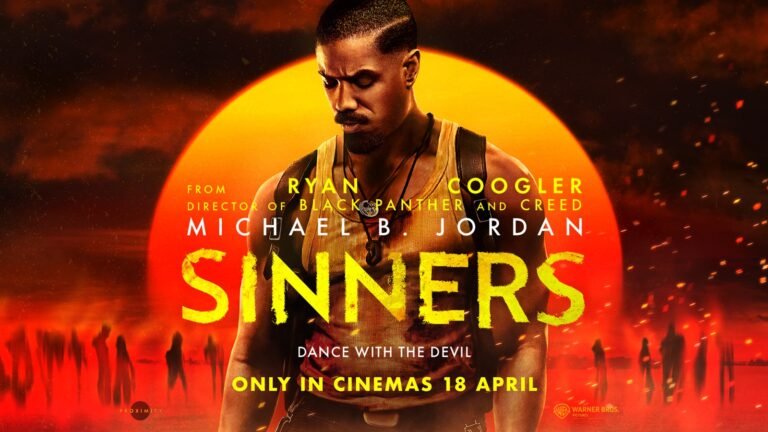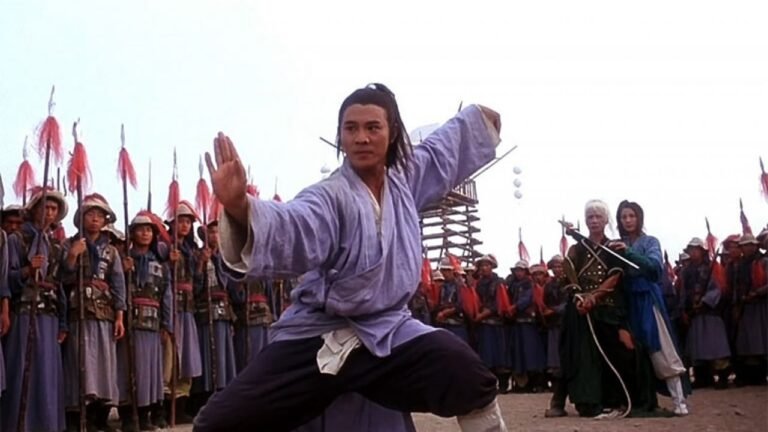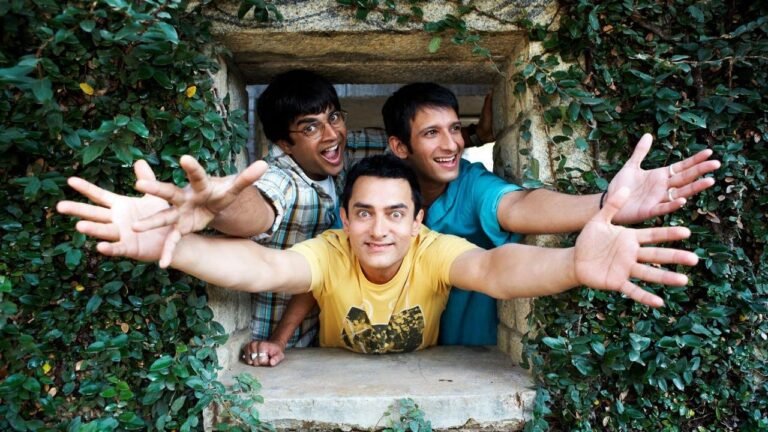Why “Ong-Bak” Should Be Given A Rewatch

The movie Ong-Bak is a classic that left a significant mark on the martial arts film genre when it was released in 2003. For fans of high-energy action, it’s hard to forget the thrill of seeing Tony Jaa burst onto the scene with his incredible fighting skills. Whether you’re a fan of martial arts movies or simply love exciting action films, Ong-Bak is a movie that deserves a rewatch. The nostalgia surrounding this film is strong, and for many, it still stands as one of the best examples of raw martial arts in modern cinema. Here’s why Ong-Bak still holds up and why audiences should consider revisiting it.
One of the biggest reasons to rewatch Ong-Bak is the unforgettable debut of Tony Jaa. Before this film, Tony Jaa wasn’t a well-known name in the global film industry, but Ong-Bak catapulted him to international fame. What made him stand out wasn’t just his incredible physical skills but also his commitment to authenticity. In Ong-Bak, Jaa didn’t rely on special effects, wires, or CGI to perform his stunts. Instead, he used traditional Muay Thai techniques, showcasing his strength, agility, and precision. His performance stunned audiences, as it brought a level of realism rarely seen in martial arts films at the time. Watching Ong-Bak again reminds viewers of the raw talent that Tony Jaa brought to the screen and how his impact changed the genre.

In an industry filled with CGI-heavy action films, Ong-Bak takes us back to a time when practical stunts ruled the screen. What made the film so memorable for many fans was the sheer realism of the action sequences. Tony Jaa’s commitment to performing all his own stunts without the aid of special effects gave the movie a gritty and visceral feel. Watching him leap through hoops of barbed wire, jump from buildings, or take down multiple opponents with bone-crunching Muay Thai moves was exhilarating. The practical nature of these stunts makes rewatching Ong-Bak an exciting experience, especially in a time where much of the action in movies today is heavily edited or computer-generated. The authenticity in Ong-Bak is unmatched, and it’s this rawness that still resonates with audiences.
Unlike many modern action films that often have complicated plots, Ong-Bak has a simple and straightforward story. The plot revolves around a small village whose sacred statue’s head, known as Ong-Bak, is stolen. Tien (played by Tony Jaa) is tasked with retrieving the stolen artifact to restore peace to the village. Along the way, he faces countless challenges, including underground fighting tournaments, gangsters, and shady dealers. This simple narrative is one of the film’s strengths, as it allows the audience to focus on what really matters—the action. The clear storyline makes it easy to follow, allowing the fight sequences and stunts to take center stage. Rewatching Ong-Bak offers a refreshing change from the storytelling seen in many recent films. It’s a movie that knows exactly what it is and delivers on its promise of jaw-dropping action.
For fans of martial arts films, Ong-Bak holds a special place. It came out at a time when the genre was starting to evolve, moving away from the flashy, wire-fu style popularized by movies like Crouching Tiger, Hidden Dragon and returning to more grounded and realistic combat. Ong-Bak was a breath of fresh air, showing audiences that practical stunts and traditional martial arts could still deliver incredible thrills. The film became a gateway for many viewers to explore other martial arts movies and introduced the world to Muay Thai as a powerful and visually exciting form of combat. For those who grew up watching action-packed martial arts films, Ong-Bak brings a wave of nostalgia, reminding them of a time when martial arts stars like Jackie Chan and Jet Li dominated the scene. Rewatching it allows fans to relive those glory days and appreciate the raw talent that Tony Jaa brought to the screen.

Another key reason to rewatch Ong-Bak is its celebration of Muay Thai. The movie brought international attention to this traditional Thai martial art, showcasing its devastating effectiveness in combat. While many martial arts films of the past focused on styles like Kung Fu, Karate, or Taekwondo, Ong-Bak put Muay Thai in the spotlight. The film’s fight scenes are a masterclass in Muay Thai, with Tony Jaa utilizing elbows, knees, and clinches to take down his opponents. For fans of martial arts, seeing these techniques in action is both educational and thrilling. The choreography is brutal and fast-paced, giving viewers a true sense of the power and precision that Muay Thai fighters possess. Revisiting Ong-Bak is a chance to see this ancient martial art in all its glory, and for many, it sparked a deeper appreciation for Muay Thai as both a sport and a form of self-defense.
Ong-Bak also carries cultural significance beyond its martial arts appeal. The movie is deeply rooted in Thai culture, from its portrayal of rural life in Thailand to its emphasis on the spiritual significance of the Ong-Bak statue. The film’s themes of loyalty, honour, and respect for tradition relates with audiences worldwide, making it more than just an action movie. The simplicity of the village life depicted in the film, contrasted with the chaotic and dangerous city scenes, highlights the importance of preserving cultural heritage. Watching the movie again not only brings back memories of the action but also reminds viewers of the film’s deeper cultural messages. It’s a movie that bridges the gap between tradition and modernity, making it timeless.

To sum it up, Ong-Bak is more than just a martial arts film; it’s a cultural and cinematic treasure that has left a lasting legacy. Its groundbreaking fight scenes, practical stunts, and celebration of Muay Thai make it a must-watch for fans of the genre. The movie’s simplicity and authenticity stand in stark contrast to today’s CGI-heavy action films, offering a nostalgic trip back to a time when real stunts and practical effects ruled the screen. For anyone who loves action, martial arts, or simply wants to relive a piece of early 2000s cinema history, Ong-Bak is definitely worth a rewatch. It’s a film that has aged remarkably well and continues to inspire both audiences and filmmakers alike.




